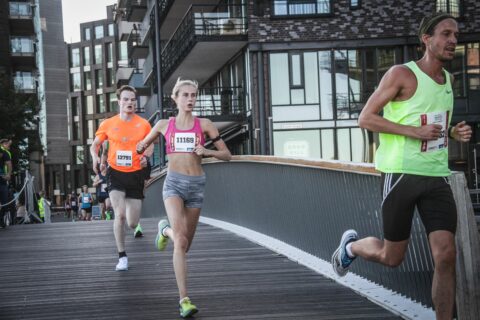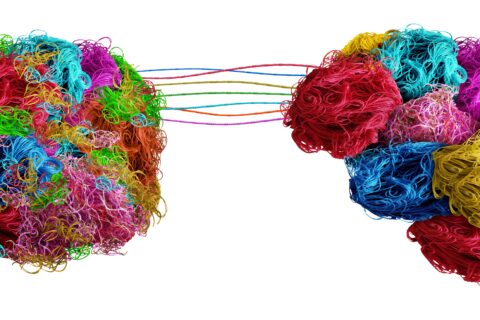Endurance sports journalist Alex Hutchinson joins Fast Talk Labs to help explain teleoanticipation and pacing.
Endurance sports journalist Alex Hutchinson joins Fast Talk Labs to help explain teleoanticipation and pacing.
Endurance sports journalist Alex Hutchinson joins Fast Talk Labs to help explain teleoanticipation and pacing.
Endurance sports journalist Alex Hutchinson joins Fast Talk Labs to help explain teleoanticipation and pacing.

Former elite distance runner Siren Seiler-Viken exposes the truth about focusing on light racing weight: performances will suffer and health will deteriorate.

Certain memories—bad race experiences, crashes, or results that don’t meet expectations—can linger, get “sticky,” and rob athletes of the enjoyment of sport. A novel treatment method could help us get over them and rekindle our joy.

Improving your ability to push beyond your perceived limit can bring many rewards, from watts to wins.

Learn the importance of working on your body first to effect change in your brain and mind.